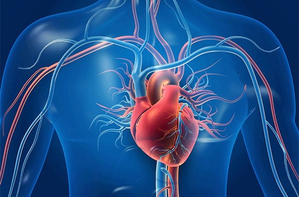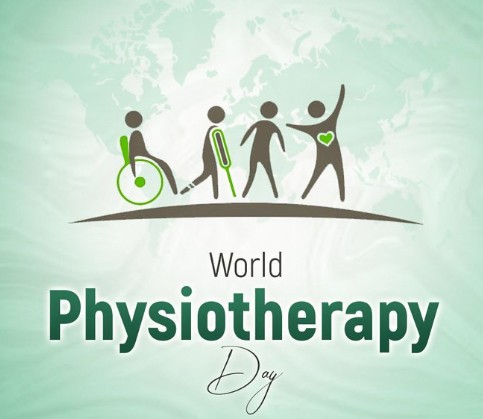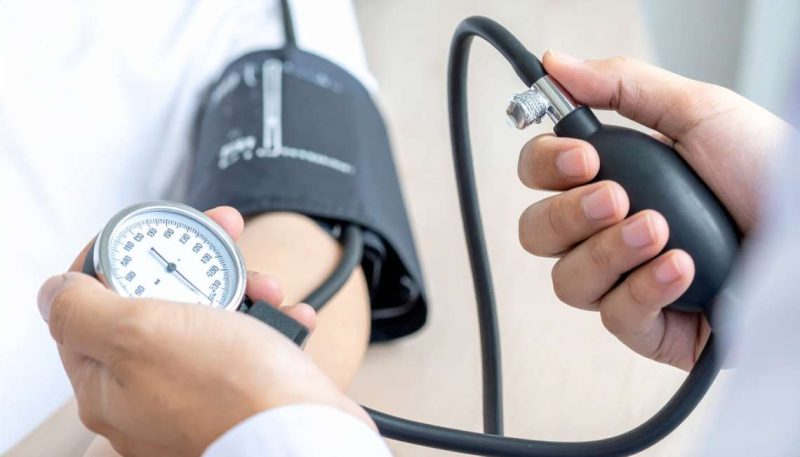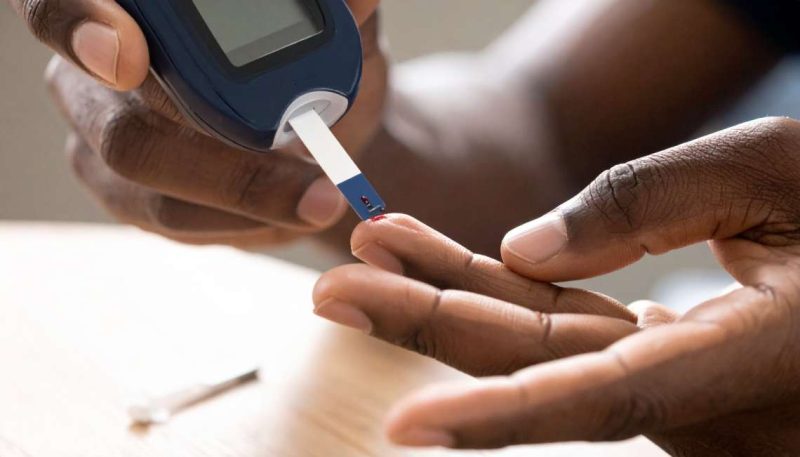The researchers made another compelling discovery: these receptors were found in greater abundance in the hearts of patients suffering from heart failure.
A groundbreaking study has revealed that the heart contains “sweet taste” receptors, similar to those found on the tongue, and that stimulating these receptors with sweet substances can directly influence the heartbeat. This discovery could provide new insights into heart function and open the door to developing innovative treatments for heart failure.
The research, conducted by a team at Loyola University Chicago, shows that these receptors are not only present in the heart muscle but are also functional. The team found that when they stimulated the receptors with aspartame—a commonly used artificial sweetener—they observed a noticeable increase in the force of heart muscle contractions and an acceleration in calcium handling, which is vital for maintaining a healthy heartbeat.
Traditionally, taste receptors have been thought to exist solely on the tongue, responsible for the sensation of flavor. However, emerging studies have shown that these receptors also appear in various other parts of the body, each potentially serving different roles. This new study, published recently, is the first to identify the specific “sweet taste” receptors—TAS1R2 and TAS1R3—on the surface of heart muscle cells.
Micah Yoder, a graduate student in the lab of Jonathan Kirk at Loyola University Chicago, explained the implications of the discovery. “After you eat a meal, it’s been shown that your heart rate and blood pressure actually increase,” Yoder said. “Previously, this was thought to be a result of signals from the nervous system. But we’re proposing a more direct link, where a spike in blood sugar after eating binds to these sweet taste receptors on the heart muscle cells, directly affecting the heartbeat.” This finding could help explain the physiological changes that occur after eating, as well as the observed increase in heart rate and blood pressure post-meal. In addition, the study suggests that the activation of these sweet taste receptors could play a role in certain heart conditions, especially in individuals with heart failure.
The researchers made another compelling discovery: these receptors were found in greater abundance in the hearts of patients suffering from heart failure. This suggests that the activation of these receptors may be linked to disease progression. Further investigation revealed that when these receptors were stimulated, they triggered a cascade of molecular events within heart cells, involving proteins responsible for controlling calcium flow and muscle contraction—key processes that maintain a stable and effective heartbeat.
Interestingly, the study also raises concerns about the potential dangers of consuming artificially sweetened beverages. The researchers found that these sweet taste receptors were particularly stimulated by substances like aspartame, which is commonly found in sugar-free drinks. Overstimulation of these receptors could lead to arrhythmias, or irregular heartbeats. This finding could explain why high consumption of artificial sweeteners has been linked to arrhythmogenesis, a condition that increases the risk of irregular heartbeats.
However, the researchers stressed that further studies are needed to fully understand the long-term effects of stimulating these receptors in the heart. While the findings may offer new opportunities for improving heart function in patients with heart failure, it remains unclear how these receptors could be targeted to enhance heart strength without causing adverse effects.
The study is set to be presented at the 69th Biophysical Society Annual Meeting in Los Angeles, a prestigious event dedicated to advancing knowledge in the field of biophysics. The Biophysical Society is known for its role in promoting the development and dissemination of research in this important area of science.
As the research continues, scientists are hopeful that these new insights into the role of sweet taste receptors in the heart could eventually lead to novel approaches for treating heart disease and improving overall cardiovascular health.














